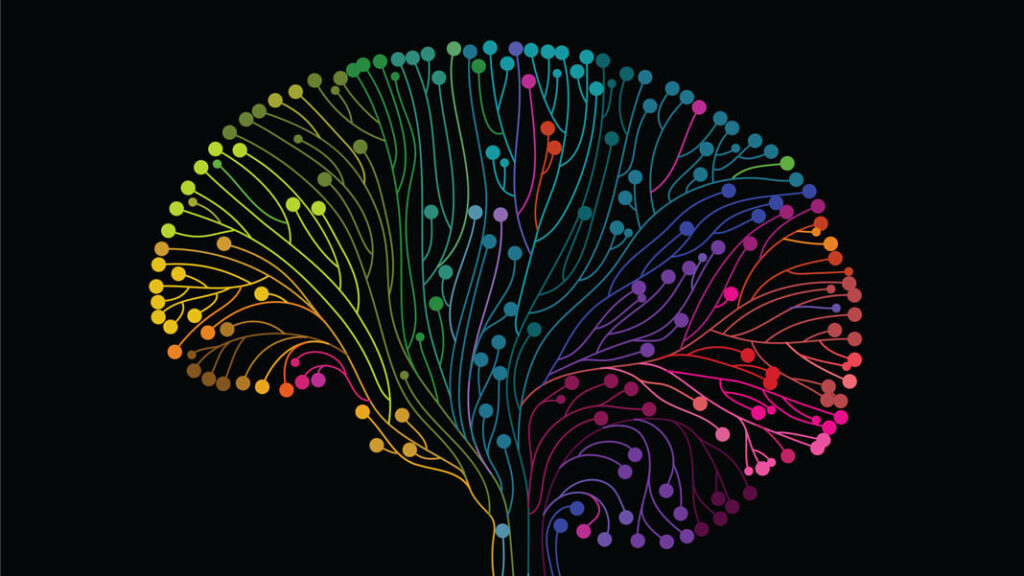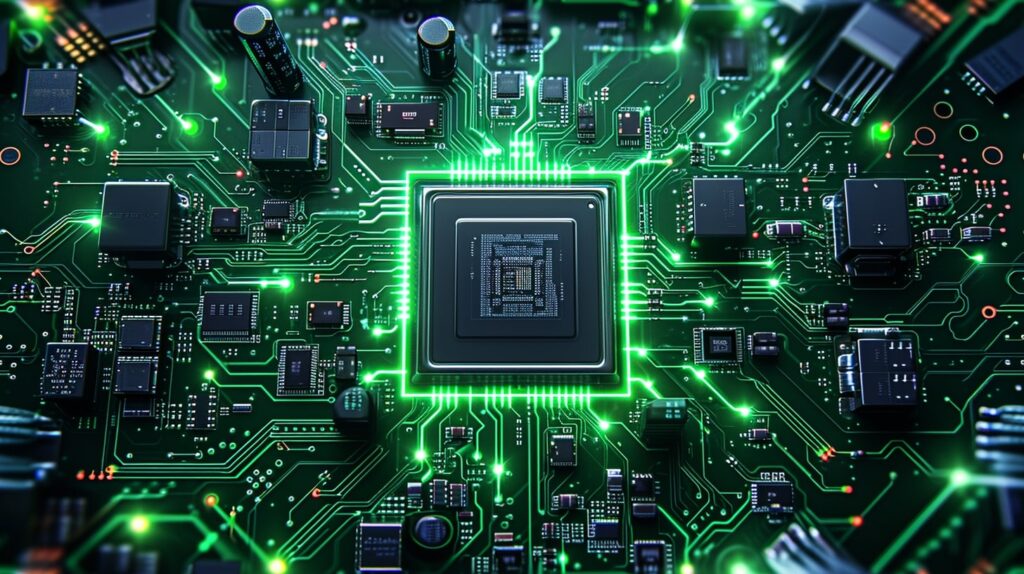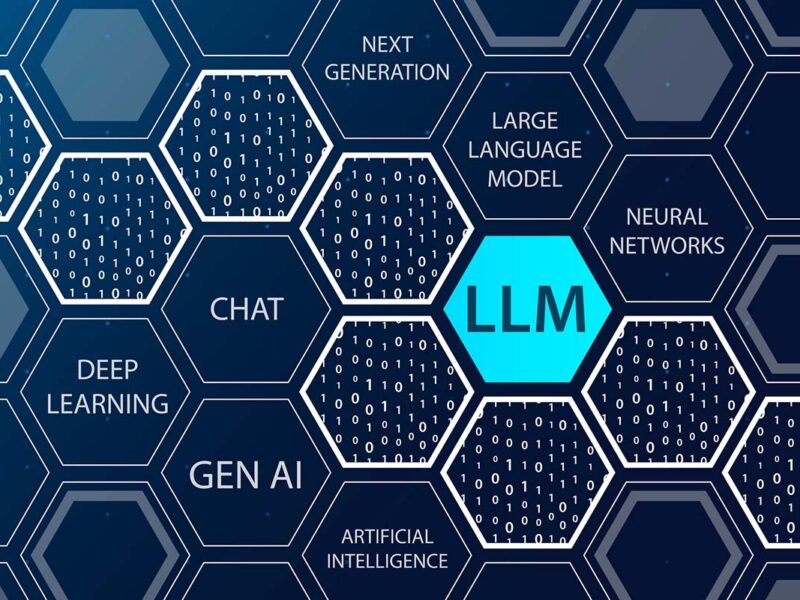
Initially developed to improve graphics computing, graphics processing units, or GPUs, can greatly accelerate computations used in deep learning. GPUs are a key component of modern AI architecture, and the latest generation of GPUs have been designed and optimized for deep learning.
The Principles of GPU Computing
GPUs are special processing cores that increase the speed of computational processes, the purpose of these cores is to process images and other visual data, nevertheless, GPUs are now being widely adopted in enhancing other computational processes, including generative AI, machine learning, and deep learning as they can be used parallel in huge amounts of distributed computation processes, and these CPUs are multi-core processors, operating with a MIMD architecture, in comparison to the architecture employed by the GPUs is SIMD. Since most deep learning processes require the same process to be performed on numerous data items, GPUs were found appropriate for this cause.
How modern deep learning frameworks utilize GPUs
With the release of CUDA by NVIDIA, we witnessed the first implementations of deep learning frameworks like Pytorch and TensorFlow. These frameworks provide a high-level means of programming GPUs, thus making GPU processing more manageable, in contemporary deep learning implementations.
Why should you use GPUs for deep learning?
GPUs can run many computations at once. Consequently, this allows you to parallelize training and can greatly speed up any machine learning task. With GPUs, you can amass a lot of cores while using less power and resources, and without compromising efficiency or efficacy.
When building your deep learning architecture, whether you will use GPUs or not will depend on several aspects:
Memory bandwidth — whether GPUs are used or not may depend on the memory bandwidth. Including GPUs can provide the bandwidth required for large datasets, as GPUs have dedicated video RAM (VRAM) and allow the CPU memory to be used for other processes.
Dataset size — GPUs can be more easily scaled than CPUs in bulk, but you can make working with larger datasets even more enjoyable and productive. The larger your datasets will be, the better use you will get out of GPUs.
Optimization — one downside of GPUs is that they are sometimes more difficult to optimize on long-running individual tasks compared to CPUs.
There are many options when it comes to GPUs for deep learning. Assuming you go with the primary available option, NVIDIA, you would have consumer-grade GPUs, data-center GPUs, and managed workstations.

Best Deep Learning GPUs for Large-Scale Projects and Data Centers
Datacenter GPUs are now the standard in professional production-level deep learning operations. The following are GPUs recommended for use in large-scale AI projects.
Nvidia A100 — The Tesla A100 is intended to practice to at to thousands of units and can be sliced into seven GPU instances for any workload size. Each Tesla A100 is capable of delivering up to 624 teraflops performance, 40GB memory, 1,555 GB memory bandwidth, and 600GB/s interconnects.
Nvidia A40 — NVIDIA A40 is designed for data center visual computing applications such as deep learning and artificial intelligence, scientific simulations, rendering and other tasks in HPC. It has 4 Thrid Generation Tensor Cores and has driven the introduction of a new Tensor Float 32 (TF32) precision format which enables up to 5x faster training throughput than the prior generation without any change to the code related to existing ML models.
Nvidia v100 — The Tesla V100 GPU is enabled by Tensor Core and is intended for machine learning, deep learning and HPC. This GPU is based on NVIDIA’s Volta architecture with tensor core support, which is designed to accelerate the speed at which common tensor operations are performed together in a deep learning process. The V100 provides a robust 149 teraflops of performance and comes with as much as 32GB of memory, plus a memory bus of 4096 bits.
Tesla P100 — The Tesla P100 is a GPU constructed on an NVIDIA Pascal architecture intended for machine learning and HPC. Each P100 offers up to 21 teraflops of performance, 16GB of memory and a 4,096-bit memory bus.
NVIDIA Tesla K80 — It is based on the NVIDIA Kepler architecture and is a GPU that accelerates scientific computing and data analytics. The Tesla K80 includes 4,992 NVIDIA CUDA cores and GPU Boost™. Each Tesla K80 provides up to 8.73 teraflops of performance, 24GB of GDDR5 memory, and 480GB of memory bandwidth.
Key Metrics to Measure the Performance of Your Deep Learning GPUs
GPUs are costly investments so it is important to optimize these resources for a sustainable ROI, yet many deep learning projects fail to fully utilize the capabilities of their GPU resources, often using only 10-30% of their potential. This is often due to inefficient allocation and management of these resources. To understand and ensure you are investing efficiently in GPU, you will want to monitor and leverage the following common metrics.
GPU utilization — The GPU utilization metric refers to how much of your total GPU kernels are running over time. This metric is there to ensure you understand your GPU capacity needs and recognize pipeline bottlenecks. The metric can be accessed using NVIDIA´s system management interface (NVIDIA-smi).
If you notice you are underutilizing resources, there may be room to better distribute processes. Conversely, if you are utilizing your GPUs at maximum utilization, this may suggest a benefit in adding GPUs to your operations.
GPU memory access — It is important to monitor GPU memory access and utilization metrics to determine the total percentage of time that a GPU memory controller is “busy”. This includes time for both read and write operations. The metric helps you evaluate if your batch size is optimized for training your deep learning model and is also indicative of the reported efficiency of your deep-learning program.
Power metrics & temperatures — Power metrics & temperatures allow you to monitor how hard your system is working and also can help identify conditions that may lead to future power consumption. Power usage can usually be assessed at the power supply unit, along with resource consumption on compute units, memory units, and cooling. These metrics are crucial for their inclusion of temperature readings, as lengthy excessive temperature increases lead to processes experiencing thermal throttling, that would cause slow compute processes or damage hardware.
Why are GPUs crucial for Deep Learning?
Training is most often the longest, most resource-intensive phase of any deep learning implementation. For models with fewer parameters, you can usually train the model in a decent amount of time, however, the longer the model is running, the longer resources will be consumed, and the longer you and your teams will wait, both of these are part of a cost.
GPUs can run your tasks at a lower cost, regardless of the size of the model. Given that larger models have more parameters, and generally require significantly more time during the training process, parallelizing training across large parallel tasks over clusters of processors allows for models with massive amounts of parameters to be run much quicker and again, at the same cost and time.
GPUs are also optimized to do target tasks, in contrast with non-specialized hardware that would simply take a longer time to do the same computations. This allows tasks to run at a faster rate but also allows CPUs to be freed up for additional tasks, which helps to avoid time delays associated with computing tasks.
Unlocking the Full Power of Deep Learning Through GPU Innovation
GPUs are the backbone of deep learning because they are uniquely suited to the computational needs of the domain. Their parallel processing architecture efficiently handles the large datasets and complex models frequently found in deep learning. The value of this processing model comes through a design that has been optimized for matrix operations, which is a fundamental operation in deep learning algorithms.
A further benefit to GPUs is their versatility – there are models available to fit many needs and even budgets. You can find models like the NVIDIA GeForce GTX 1650 at the entry level for smaller, short-term projects, and the high across-the-board performance of the NVIDIA A100 in the enterprise space that serves large, and ongoing deep learning applications.
LayerStack provides organizations with on-demand access to powerful NVIDIA A100 & A40 Tensor Core GPUs, accelerating deep learning, AI training and inference at exascale readiness, enabling organizations to build exascale AI applications faster and for much less. Contact us for more details.

